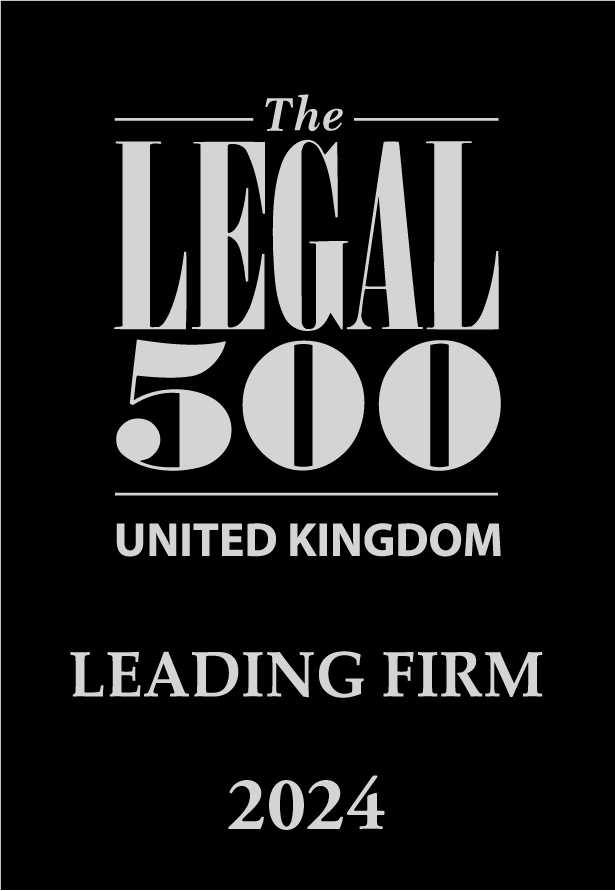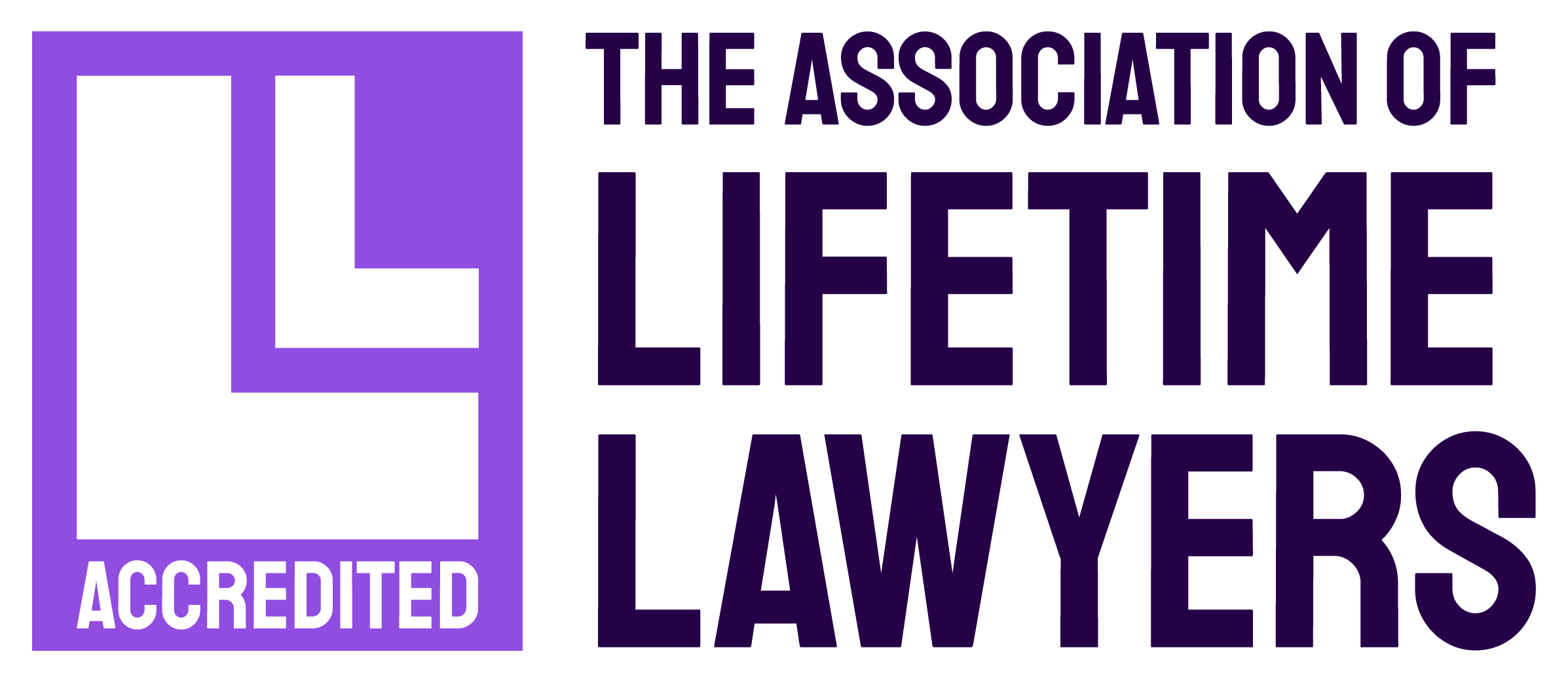When is a house not a house…?
Neighbours of one couple in Leicester were probably surprised to find that their garage was, in fact, a home but they are not alone.
Dr Reeta Herzallah and Hamdi Almasri had managed to conceal the home for a couple of years by putting a garage door across the front of the property but in October 2015 their ‘hideaway’ was reported to Blaby District Council, who decided to take action against the development that was clearly against planning policy.
A development in 2007 had been granted permission with a stipulation that the garage and car-parking facilities must remain available for their intended use.
With the change of use and a lack of planning permission the development was obviously illegal and as they had used a garage door to obscure the actual entrance to the annexe there could be no exemptions under existing planning rules.
At Leicester Magistrates Court, Herzallah and Almasri, of Enderby, Leicestershire, were each ordered to pay a £770 fine, legal costs of £1,252 and a £77 victim surcharge. They were also ordered to restore the garage to its former use.
While the news has been awash with the story of Dr Reeta Herzallah and Hamdi Almasri surprisingly they are not alone and there is a good reason for this, which can be found in an exemption within planning law that allows some buildings to be granted lawful development status without the need for planning permission or an agreed change of use.
Other examples of homeowners who have tried to hide their work include the famous case of Robert Fidler and his so-called ‘Haystack Castle’. In 2001, Mr Fidler completed building his own property, modelled after a classical castle without planning permission.
This was accomplished by concealing the home’s construction under a very large 40 ft hay bale that he covered in blue tarpaulins. These didn’t look particularly out of place in their rural setting, but underneath work carried on at a pace.
With construction completed, he then proceeded to live there, underneath the hay bales until 2006 when he removed the straw façade to reveal the home underneath.
Reigate & Banstead Borough Council took enforcement action and refused to grant retrospective planning permission or a Certificate of Lawful Development. He was subsequently ordered to demolish the four-bed property in 2007.
In all of the above cases, the homeowners had assumed that they would be granted an exemption under the 4-year rule.
This offers property owners some defence under what is referred to as a Lawful Development Certificate if the building was completed more than four years ago, and has been used as a dwelling for more than four years.
In order to establish these points, most property owners will ask their specialist planning lawyer to provide the relevant local planning authority with sufficient evidence to prove that the property or land has been used as suggested.
Using this rule a number of developments have been created behind false facades to try and circumnavigate the rules, but an important case in the Supreme Court in 2011 established that a certificate could not be granted in cases of deliberate deceit.
Welwyn Hatfield BC v Secretary of State for Communities and Local Government (2011) set a new precedent that confirmed the principle of concealment, which has allowed planning enforcement officers to take practical enforcement action against property owners who deliberately attempt to deceive them.
In this case, Alan Beesley had been granted planning permission by Welwyn Hatfield Council to build a barn on green belt land, for agricultural use only. Within the application, Mr Beesley said that the barn would be used for storing hay and did not require sewage disposal.
On this basis, the council approved the plan, but unbeknownst to them Mr Beesley built a three-bedroom single-dwelling house inside the outer structure and connected the dwelling to the mains drainage system.
After four years of living in the ‘barn’, Mr Beesley citing the 4-year rule applied, under Section 171B of the Town and Country Planning Act 1990, for a Lawful Development Certificate for existing use.
Clearly opposed to the application, the local council denied that the building constructed was a dwelling house and maintained that a ten year period for enforcement applied under section 171B(3) and thus it refused to grant a certificate.
Mr Beesley appealed and the decision was then put before a planning inspector. The inspector noted the council’s concerns about the deception but found that use as a dwelling house probably did commence more than four years before the date of the application for a certificate and that a Lawful Development Certificate should be granted under 171B(2).
Unhappy with the decision the council took the matter to the High Court, which found in its favour only for a late Court of Appeal hearing to side once again with Mr Beesley, despite acknowledging that its decision would appear ‘incomprehensible’ to decent, law-abiding citizens.
The matters all came to a head in the Supreme Court, which eventually found in the council’s favour and established a precedent for cases where homeowners attempt to deceive planning authorities by hiding a new development from the outset.
For more information, contact our Planning Associate Salvatore Amico.





















